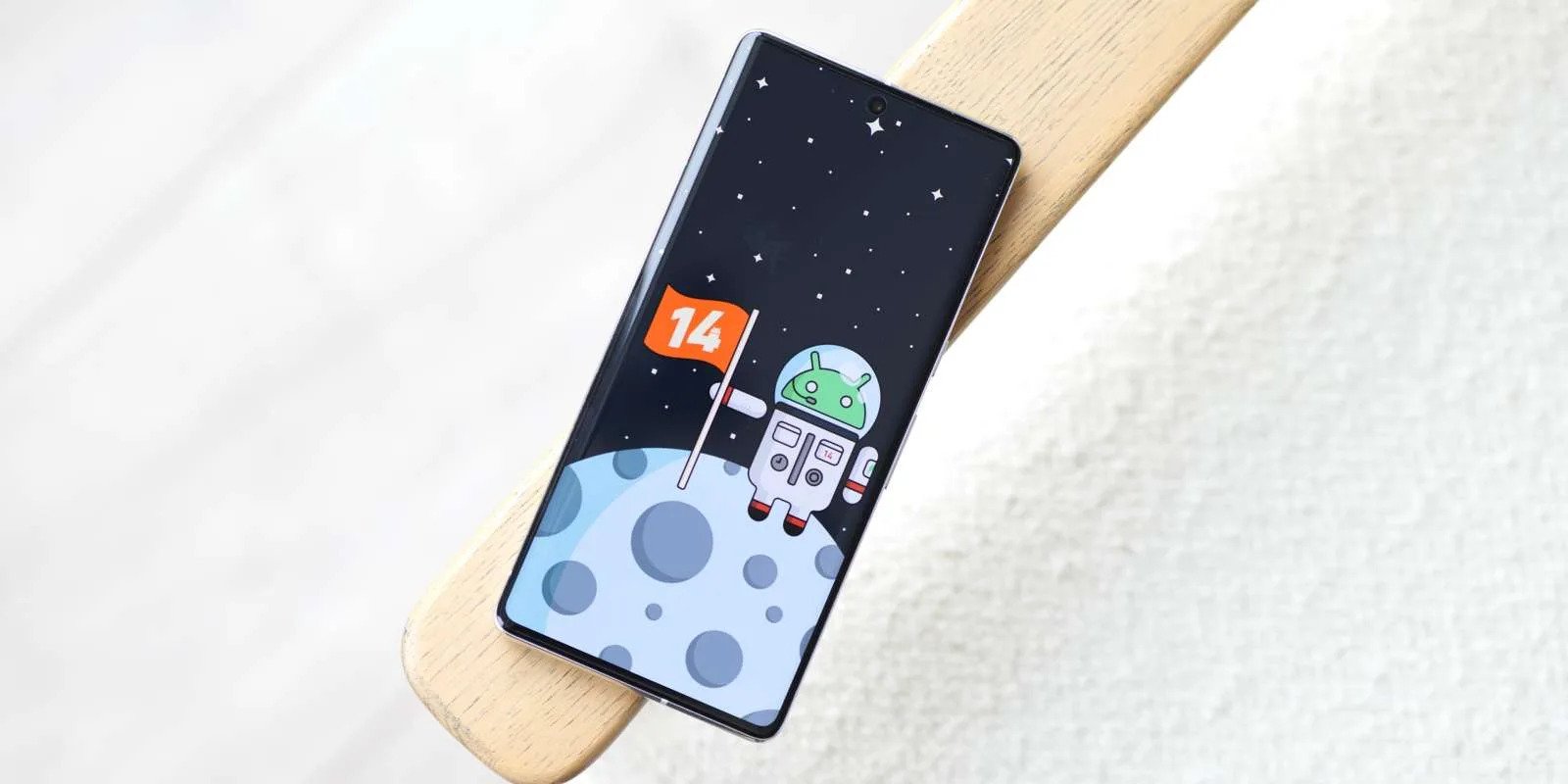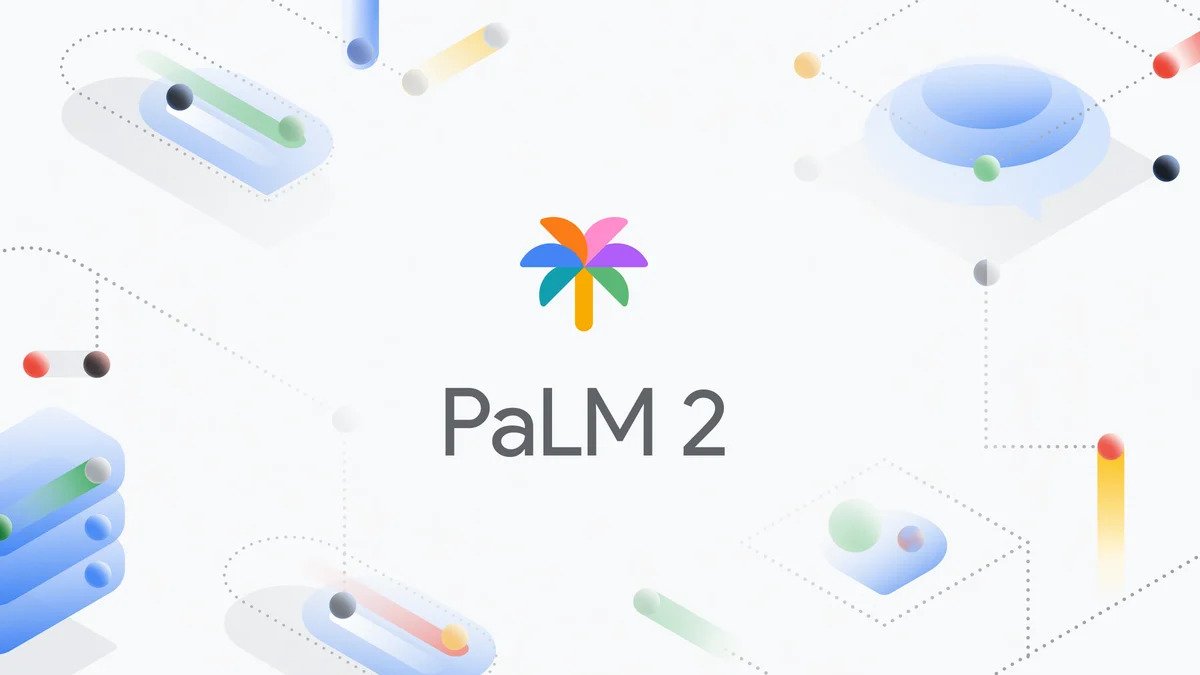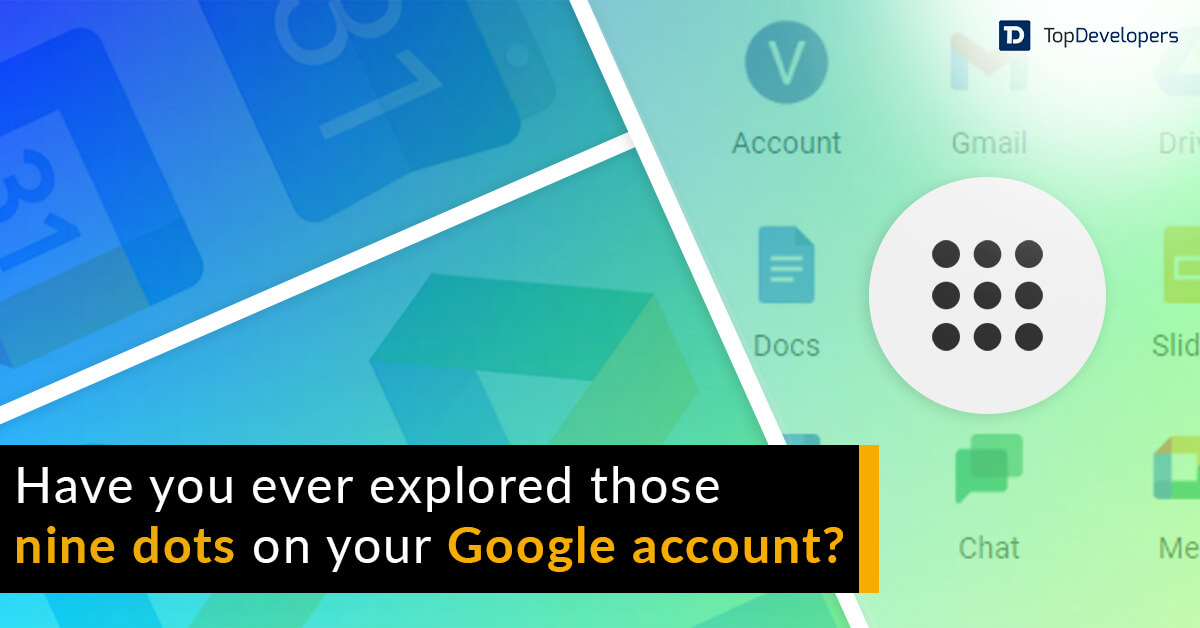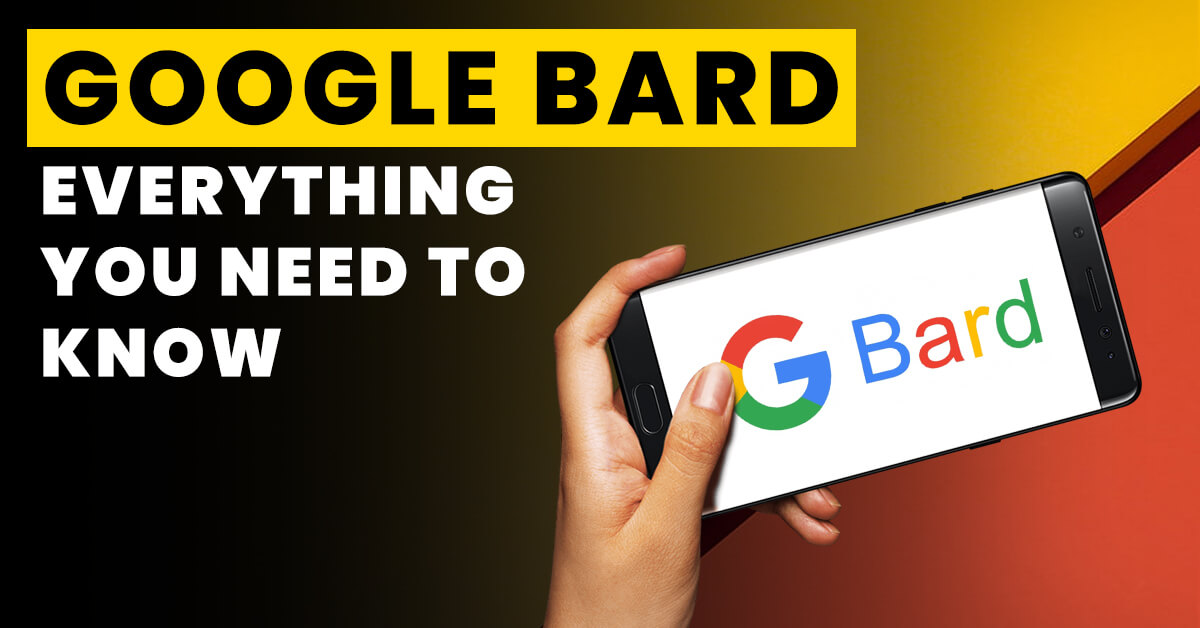
Google I/O is one of the year’s most anticipated events for marketers, developers, and tech enthusiasts. This important annual developer conference exhibits Google’s latest novelties, products, and technologies that are likely to take on the future of computing and mobile technology. This year, Google I/O 2023 was held on May 10, 2023, in front of a limited live audience and online for everyone else all across the world.
Here are some of the key highlights from the event:
Table of Contents
Android 14
Android 14 is the latest version of Google’s mobile operating system. The OS shall bring a gamut of newer features and enhancements to improve UX while keeping privacy. Some of the new features include a redesigned notification center, a smart reply feature that suggests responses based on context, a dark mode that adapts to ambient light, and a privacy dashboard that shows how apps access your data and permissions. Android 14 also introduces Project Mainline, which allows Google to update critical components of the OS without requiring a full system update.
Google Bard
Image credit: hgs.cx
An answer to Microsoft’s ChatGPT, Google’s AI chatbot, Bard, is now available to all users for free. Bard is powered by generative AI technology that can create natural and engaging conversations on any topic. Users can chat with Bard through text or voice, and ask it questions, tell it stories, or play games with it. Bard can also generate content such as poems, lyrics, jokes, and summaries based on user input.
Google Workspace
Google Workspace is Google’s suite of productivity tools for work and collaboration. Google Workspace introduced some new features and integrations to make work easier and more efficient. One such astounding product is Smart Canvas, a new document format that is the combination of charts, texts, tables, images, and other content/graphics into a dynamic and interactive canvas. Smart Canvas also supports smart chips, snippets of information linking to other documents or people within Workspace. Another new feature is Meet Companion Mode, which allows users to join video meetings from their laptops or desktops while using their phones as secondary devices for polls and chats.
Pixel Fold
Google finally unveiled its first foldable smartphone, the Pixel Fold, which features a 7.6-inch OLED display those folds in half like a book. Android 14 shall power this device which possesses a dual-camera system on the back and a selfie camera on the front. The Pixel Fold also supports wireless charging and comes with a stylus pen that can be attached magnetically to the device. The Pixel Fold will be available later this year for $1,499.
Google Search
Google Search continues to evolve with new capabilities and enhancements. One is Multitask Unified Model (MUM), a new AI system that can understand complex queries across multiple languages and domains. MUM can also generate answers from different sources and formats, such as text, images, videos, or audio. For example, users can ask MUM how to prepare for a hiking trip in Japan, and MUM will provide relevant information from various websites, blogs, podcasts, or videos.
PaLM 2
Google announced the second version of its Projected augmented Light field Microscope (PaLM), which is a device that can create realistic holograms using light fields. PaLM 2 can project holograms onto any surface, such as a table or a wall, and allow users to interact with them using gestures or voice commands. It can also capture holograms from real objects and display them remotely. Google demonstrated PaLM 2 by projecting a hologram of a dinosaur skeleton onto a stage and allowing the audience to explore it.
Google Maps
Google Maps received several updates to make navigation easier and more personalized. Google introduced the latest feature of Live View, which uses AR to superimpose directions and information in the real world. Live View can also show landmarks, businesses, and transit stations nearby. Another new feature is Tailored Mode, which allows users to customize their map view based on their preferences and needs. For example, users can choose to see more green spaces, bike lanes, or public art on their map.
Google Photos
Google Photos also got some new features powered by Artificial Intelligence (AI) and machine learning. One of them is Cinematic Moments, which can create smooth animations from burst photos or videos. Cinematic Moments can also add realistic depth and motion effects to make the animations more immersive. Another new feature is Magic Eraser, which can remove unwanted objects or people from photos with a simple tap.
Wrapping up
To wrap up, Google IO 2023 was a remarkable event that showcased Google’s latest innovations and developments in the fields of cloud and quantum computing and artificial intelligence. The giant event also featured inspirational keynote speakers, interactive workshops, and live demos of new products and features.
Google IO 2023 demonstrated how the tech giant is committed to building an immensely helpful, reachable, and sustainable tech-powered society for the entire humankind.
 Avantika Shergil
| May 12, 2023
Avantika Shergil
| May 12, 2023
Avantika Shergil is a technology enthusiast and thought leader with deep expertise in software development and web technologies. With over 8 years of experience analyzing and evaluating cutting-edge digital solutions, Avantika has a knack for demystifying complex tech trends. Her insights into modern programming frameworks, system architecture, and web innovation have empowered businesses to make informed decisions in the ever-evolving tech landscape. Avantika is passionate about bridging the gap between technology and business strategy, helping businesses build customized software and website, and understand about different tools to leverage effectively for their ventures. Explore her work for a unique perspective on the future of digital innovation.









